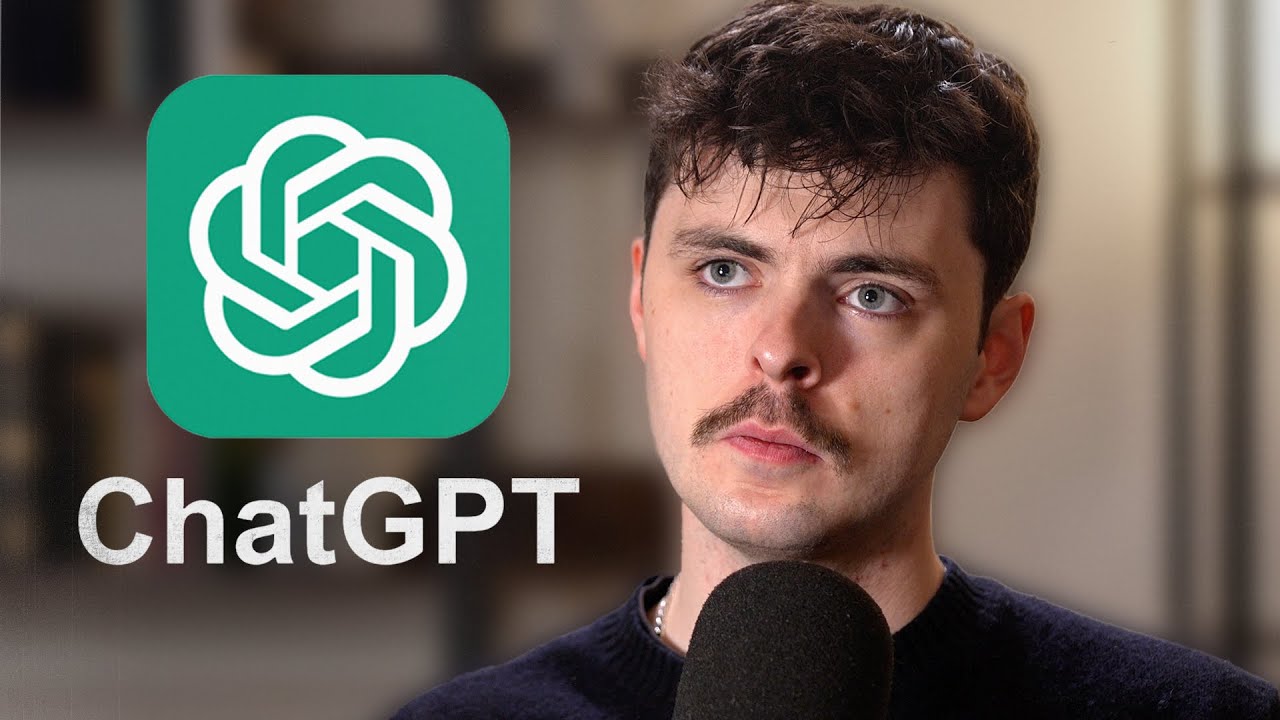In the video, a user engages ChatGPT in a discussion about the ethical dilemma of spending money on a fancy dinner versus donating to charity to save lives, leading to reflections on personal enjoyment versus moral obligations. The conversation evolves to explore the complexities of moral reasoning in life-threatening situations and charitable giving, ultimately prompting viewers to critically consider their own ethical decisions.
In the video, a conversation unfolds between a user and ChatGPT, where the user grapples with the ethical implications of spending $200 on a fancy dinner for their anniversary versus donating that money to a charity that could save lives. The user learns that their dinner expenditure could protect 28 children from malaria, leading to a moral dilemma about personal enjoyment versus the potential to help others in need. ChatGPT encourages the user to find a balance between their personal desires and the impact of their financial choices on those less fortunate.
As the discussion progresses, the user encounters a hypothetical scenario where they witness a child drowning and must decide whether to save the child, even if it means ruining their expensive shoes. ChatGPT emphasizes the moral imperative to act in life-threatening situations, asserting that saving a life takes precedence over material possessions. This scenario highlights the immediacy of moral obligations when faced with direct harm, contrasting with the more abstract considerations of charitable donations.
The conversation takes a turn when the user reflects on the moral obligation to donate money to save children from malaria, drawing parallels between the two situations. ChatGPT acknowledges the complexity of moral reasoning, noting that while saving a drowning child is an immediate duty, charitable giving involves broader considerations and collective action. The user challenges ChatGPT on the consistency of its moral reasoning, questioning why saving a life in an emergency is treated differently from donating to charity.
As the dialogue continues, the user presents a scenario where they can save a child from drowning by pressing a button, which leads to a discussion about the moral obligation to act even when the action is indirect. ChatGPT maintains that if the user has the means to save a life, they should do so, regardless of the complexities involved. The user then reveals that the action is actually about donating money to provide mosquito nets, further complicating the moral landscape.
In the end, the user admits that the entire conversation was a setup for a YouTube interview, prompting ChatGPT to reflect on the thought-provoking nature of the scenarios presented. The video concludes with ChatGPT encouraging viewers to think critically about ethical decisions and to engage with the content by liking, subscribing, and hitting the notification bell for updates. The discussion serves as a platform for exploring moral philosophy and the challenges of balancing personal desires with the responsibility to help others.
